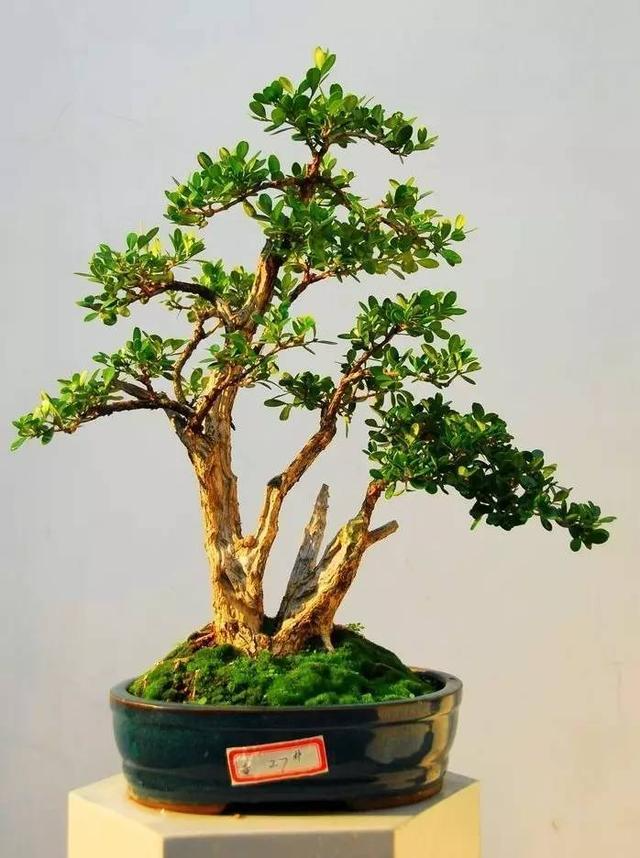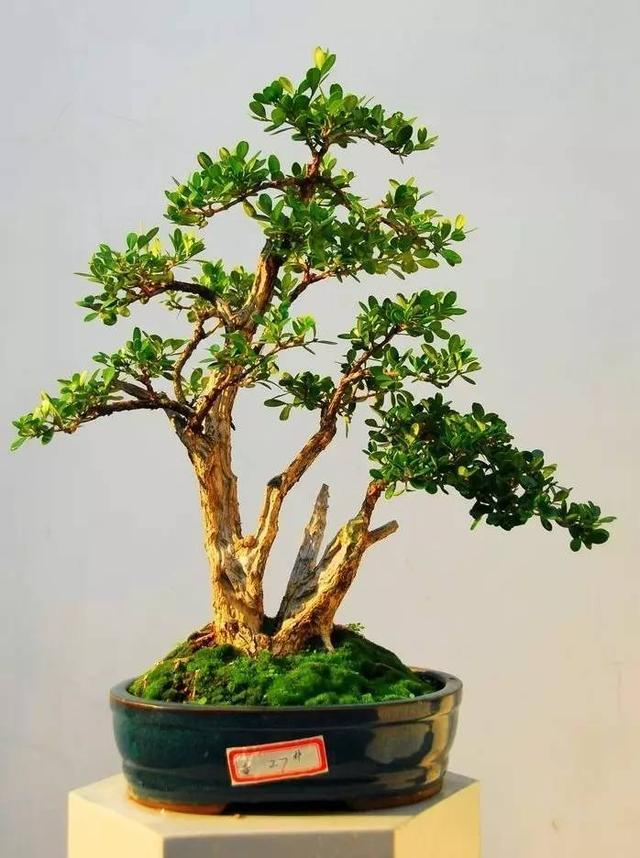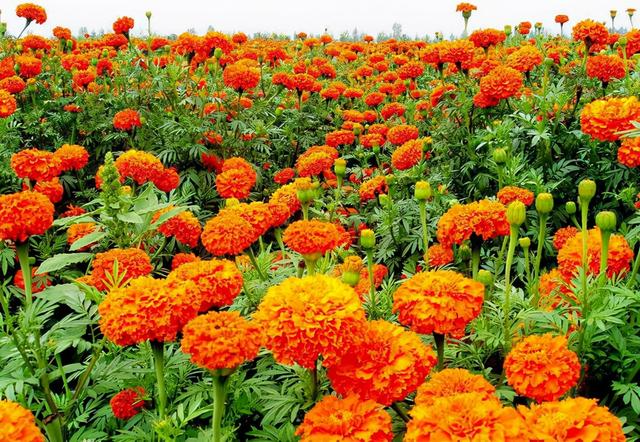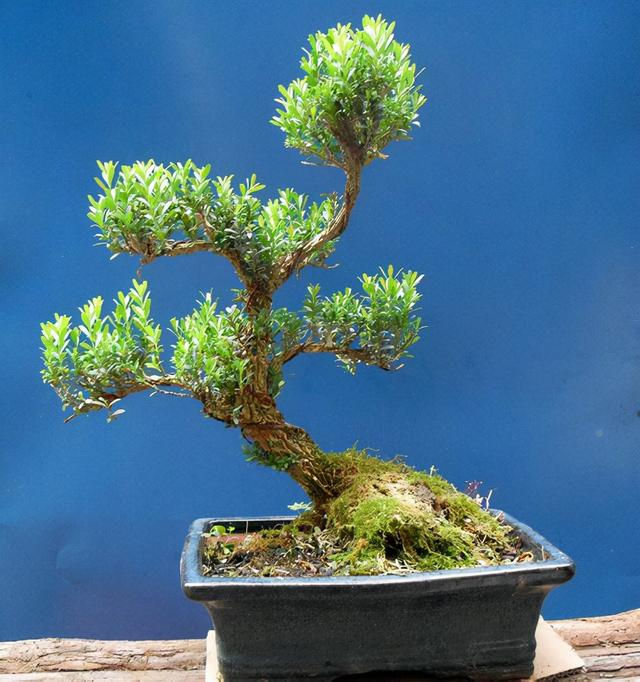Cultivation techniques of potted flowers
I bring you methods for growing boxwood, marigold, and calendula, etc. I hope you like them. Boxwood is often used to make bonsai in the home. When the seedlings are 3 to 7 cm tall, they can be planted in small pots as miniature bonsai. They can also be used as stump bonsai on rock bonsai. They must be cultivated in the ground or in flower pots for a few years. When transplanted, they must be brought with soil. Do not fertilize too much to prevent leggy growth, but you should also flexibly control the number of fertilizations based on the leaf color and plant growth. Normal humidity should be maintained at ordinary times, and the light should be moderate and not too strong. If the light is directly strong, it is easy to cause the leaves to turn yellow and the tree to weaken. If the light is too weak, the stems and leaves will be tender and not strong, and diseases will easily occur.

Pearl orchid is weak in nature and needs careful cultivation to grow luxuriantly. Generally, the pot of Pearl orchid is changed once a year in early spring from small to large. Pearl orchid is a shade-loving plant and needs shade during the growth period when cultivated. Avoid direct sunlight. Its leaves are long and like garlic leaves. They are green all year round. It blooms in May, opens in the morning and withers in the evening. There are several or more than a dozen flowers in each flower pavilion, which are red, yellow, purple and other colors, which are refreshing. The branches are soft and it is advisable to set up pillars. The tops should be pinched from the seedlings, and some old branches should be appropriately thinned out after flowering to promote the germination of new buds and more branches. Pay attention to frost prevention in winter.

The cultivation of winter jasmine is simple. Fertilize 1-2 times before flowering in winter and after flowers wither in spring. The main thing in cultivating winter jasmine is to manage branches. From spring to early summer, the branches of winter jasmine grow very vigorously. The branches often droop to the ground and easily take root, causing disorder. Therefore, they should be carefully pruned and old branches should be cut off. Excessive shade at the base should also be properly removed to concentrate nutrients to avoid weakening of the upper branches. From the beginning of the flower diameter until the tubers are harvested, fertilize once every half a month. Water the next day after fertilization and loosen the soil in time. When potting, lift the branches in summer and tie them to various supports appropriately, so as to prevent creeping roots and keep the plant shape neat. Renovate in autumn, leaving 7-10 cm for each branch, so that the crown is beautiful and the leaves are green and the flowers are abundant next year.

Calendula is propagated by sowing. It can be sown in spring and autumn. Sow the seeds directly in the seedbed or flowerpot, and cover the soil to bury the seeds. The soil needs to be kept moist without special management. The optimum temperature for germination is around 21°C. After germination, when the seedlings grow 2 to 3 true leaves, they can be transplanted. If sown in early September, they can be transplanted once and then planted in the garden flowerbed or flowerpot within the year. A few flowers can bloom in December, and they can bloom continuously throughout the winter and spring. If sown indoors in early spring, they can also bloom in May and June. There are no special requirements for fertilizer and water management. Keep it moist and loose, and fertilize once every 20 days or so. Indoor potted plants should be placed in a sunny place.

Summarize
There are many kinds of flowers being cultivated at present. In addition to those native to China, there are also many flowers from all over the world. Due to the great differences in the natural environmental conditions of the places of origin, these flowers have formed ecological habits that adapt to the conditions. When they are cultivated in other places, measures must be taken to provide an environment similar to the climatic conditions of the place of origin to meet their growth and development needs. When introducing each flower, its place of origin must be mentioned. The purpose is to require flower growers to take certain measures according to the climatic characteristics of the place of origin to create an environment suitable for its growth and development. Only by mastering the climatic characteristics of the place of origin of flowers can we have a clear idea when introducing a new flower, and take corresponding maintenance and management measures in a targeted manner, so as not to lead to failure in introduction or cultivation.